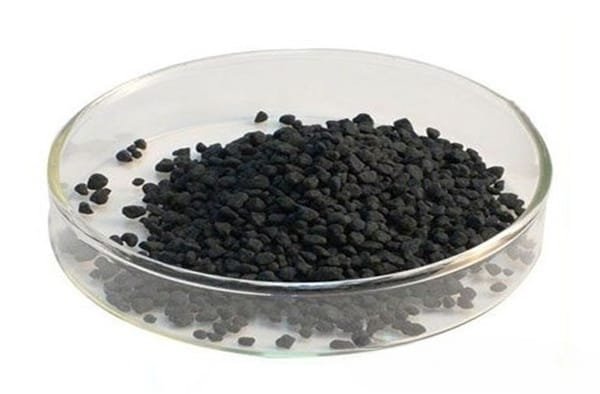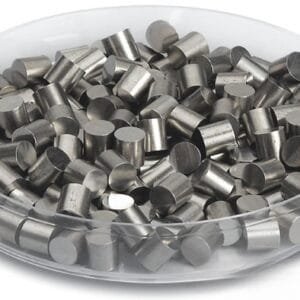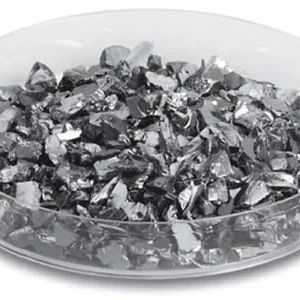Cadmium Telluride Evaporation Materials Overview
Cadmium telluride (CdTe) evaporation materials from TFM are high-purity telluride ceramics crucial for achieving superior film quality in deposition processes. Our CdTe materials, available with purities up to 99.9995%, are meticulously manufactured to ensure exceptional reliability and performance.
Product Specifications
| Material Type | Cadmium Telluride |
| Symbol | CdTe |
| Appearance/Color | Grey solid |
| Melting Point | 1,041 °C (1,906 °F; 1,314 K) |
| Density | 5.85 g·cm−3 |
| Purity | 99.9% ~ 99.999% |
| Shape | Powder/ Granule/ Custom-made |
Applications
Cadmium telluride evaporation materials are essential for a variety of deposition techniques, including semiconductor deposition, chemical vapor deposition (CVD), and physical vapor deposition (PVD). These materials are widely used in optics for applications such as wear protection, decorative coatings, and display technologies.
Packaging and Quality Assurance
Our CdTe evaporation pellets are packaged in plastic vacuum bags to maintain product integrity during storage and shipping. Each package includes a Certificate of Analysis (COA) to verify the quality and purity of the material.
Contact Us
At TFM, we are dedicated to providing high-quality cadmium telluride evaporation materials for advanced semiconductor, CVD, PVD, and optical applications. Our expert team combines engineering, manufacturing, and analytical expertise to deliver top-tier products. For inquiries or more information, please reach out to us today.


 MSDS File
MSDS File



Reviews
There are no reviews yet.